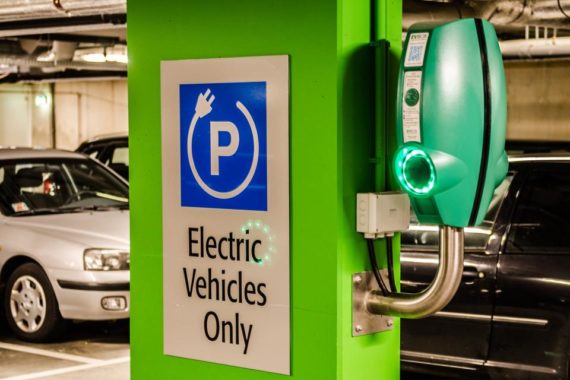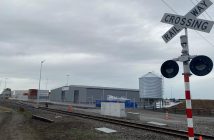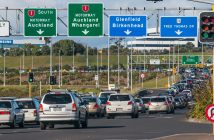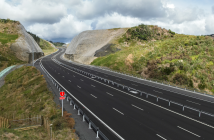The government should move quickly to develop an agreed roadmap with the opposition, councils and business to replace the conventional vehicle fleet with electric and renewable fuel vehicles, an industry expert insists

A new report by sustainability consultants thinkstep finds that up to 88% of New Zealand’s 2015 transport carbon emissions can be eliminated by 2050 by shifting the light vehicle fleet to electric and trucks, trains, boats and planes to hydrogen or biofuel, says Infrastructure New Zealand Chief Executive Stephen Selwood.
“With greater ride sharing, public and active transport, New Zealand can reduce emissions by a further 2%, indicating that a top transport priority for the government should be facilitating the shift from conventional to electric and other renewable fuel vehicles,” Selwood believes.
He says when electric vehicles become cheaper to purchase than many conventional cars, which industry commentators predict may happen in the early 2020s, electric cars will be better for the environment, higher performing, cheaper to buy and cheaper to operate.
“This not only means that electric cars will be more competitive versus alternatives, it also means there could be an opportunity to replace the vehicle fleet substantially faster, in line with new findings that emissions need to be reduced sooner.
“If the government sits down with all the key stakeholders, we may be able to reach early agreement on when and how to accelerate the shift, supporting a much faster transition.”
Selwood says private vehicle owners, car dealers and infrastructure owners, including fuel retailers and the electricity industry, need to know now what New Zealand’s transport energy programme is and how fast the country wants to move.
“Agreement on the path ahead must be bi-partisan and not owned by any one party or government,” he argues.
“Increasing the pace of change will require significant improvement to our planning laws and regulations.”
Selwood adds that while future power supply will include local solar photovoltaic generation supported by battery storage, large scale wind, geothermal, solar and possibly tidal power generation will also be needed.
“Projections undertaken by the Productivity Commission and Transpower show that electricity generation may need to increase by between 50% and 100% to achieve net zero carbon emissions from transport by 2050.”
The last time New Zealand achieved this sort of increase in electricity supply was before the RMA was enacted in 1991, Selwood observes.
“Updating New Zealand’s planning laws will be fundamental to a dramatic ramp up in renewable energy supply.”
The electricity market review underway will need to ensure that regulation and market settings support innovation and enable investment in renewable electricity supply.
“The motor industry is gearing itself to respond and the energy sector is actively exploring biofuel and hydrogen energy systems – no one wants a situation where public regulatory and policy settings are holding back progress.
“Road pricing policy needs to be aligned with the road map so that the huge benefit of energy efficient vehicles is realised without compromising the means to fund future transport infrastructure.
“The opportunity to materially reduce carbon emissions while delivering a superior outcome for consumers at lower cost is a unique opportunity and one which should be maximised.”
Confidence in long-term energy and transport policy is central to success, Selwood maintains.
“A robust evidence base and pragmatic decision making is critical to generating the cross-party and cross-industry consensus needed to catalyse investment.”
New technology is rapidly changing the policy and planning framework under which governments work, Selwood notes.
“The government needs to review whether our frameworks are sufficiently flexible and responsive to respond to new opportunities.
“An agreed and evidence-based roadmap to transitioning our conventional vehicle fleet to alternative fuels is an urgent government priority,” Selwood says.
A copy of the thinkstep white paper Creating a positive drive: Decarbonisation of New Zealand’s transport sector by 2050 is available at: https://www.thinkstep.com/content/creating-positive-drive-decarbonisation-new-zealands-transport-sector-2050




